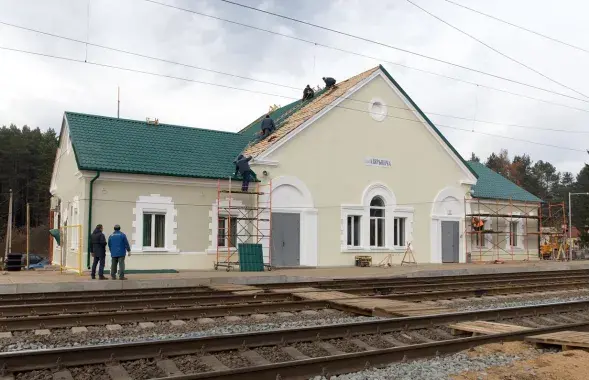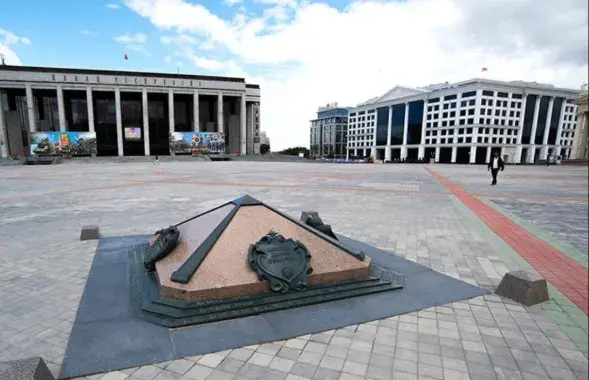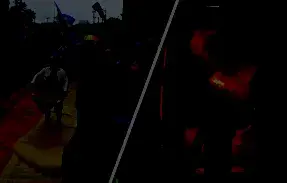Rail war in Belarus: Partisans prevent military trains from going to Ukraine
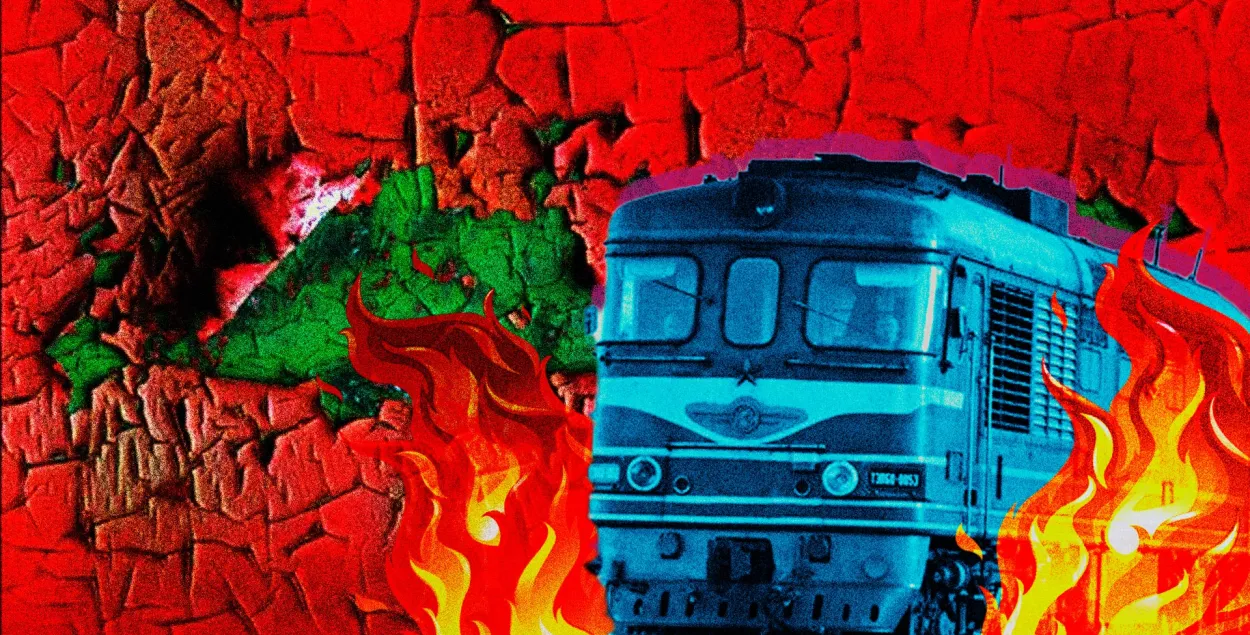
Belarusian railroad / collage by Ulad Rubanau, Euroradio
As the online ticketing system has been down for several days, there are crowds of people queuing to buy a ticket at the Minsk railway station. Dissatisfied customers were even advised to ask the bot of the Belarusian railroad workers community about purchasing tickets online. The community owner answered as follows:
"The databases have been hacked, there's a rail war going on. I advise you to go to the ticket offices".

The community is run by Siarhey Vaitsekhovich, a member of Rabochy Ruch. He had worked in the railroad car service at the Minsk depot for three and a half years. In October 2020, he told people to short-circuit the railroad tracks to slow down freight trains.
While it was a protest then, now it's a war. Belarusian railroads suffer burned equipment and disabled traffic lights. As a result, trains with Russian military and equipment stopped running on the Belarusian railroads at night.
Today, it emerged that the Prosecutor General of Belarus had instituted criminal proceedings under part 3 of article 289 -- an act of terrorism committed by an organized group. The maximum penalty under this article is the death penalty.
Investigators believe that the purpose of the sabotage is not to stop the movement of military echelons to Ukraine, but to cause disasters and loss of life.
What was secret became "top secret"
Back on November 24, Siarhey wrote in his telegram channel about the possible preparation of a large-scale transfer of Russian troops. At that time, the creation of a unified system of technical coverage of railroads was discussed in Moscow within the framework of the CSTO.
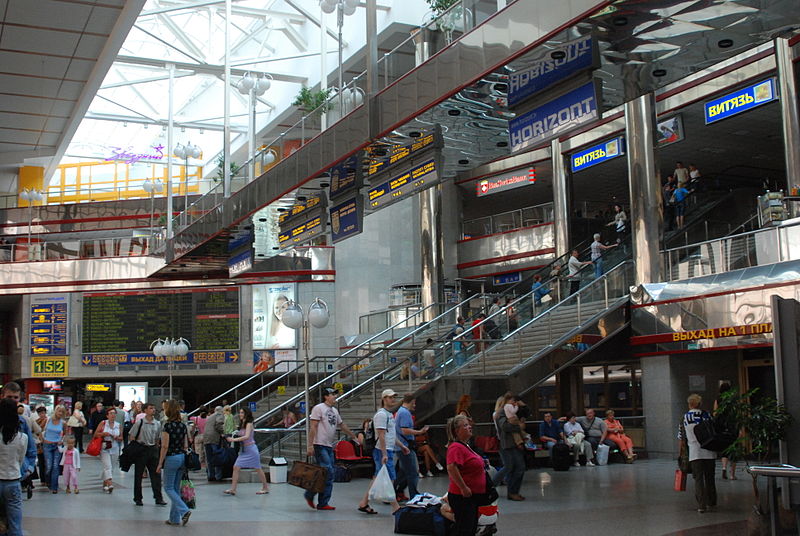
Since that day, the Belarusian and Russian general staffs have been working closely on troop redeployment. Siarhey says it was clear from that CSTO meeting that no one was listening to the Belarusians there.
"Russia declared its requirements for transportation, and the Belarusians met them. The Russians simply dictated how it would be, and then signed the decision protocol with the operative part".
I wrote a piece about the final document of that meeting. They came to a consensus that for the sake of promotion and redeployment of military echelons, one could adjust the schedule and even allow passenger trains to overtake.
[This means that if a train with military equipment has to pass through the route urgently, the passenger train will be put on the side track - Euroradio].
"During the "Zapad 2021" exercise, all the documents related to it were classified. After I published them, they were classified as top secret.
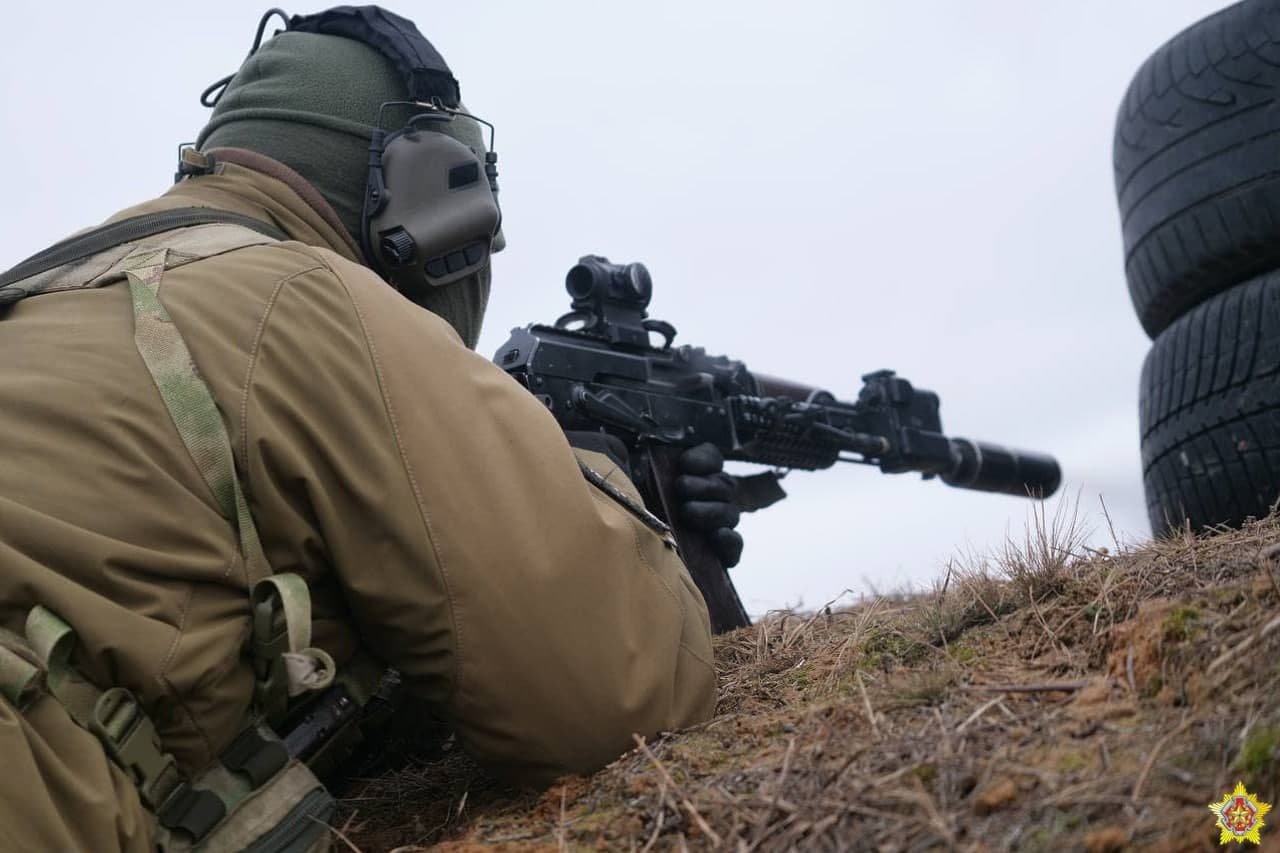
A limited number of people work with these documents. They can't take photos, as their phones are confiscated. The room where they work with the documents is completely isolated from the outside world. They try to avoid leaks.
"There hasn't been a transfer like this since the collapse of the USSR"
From the fall to the beginning of the conflict, 200 military echelons entered the territory of Belarus. There has not been such a transfer since the collapse of the USSR, says Siarhey.
Mostly railroads were used for these transports, because only people and a limited number of weapons can be transported via airports. How much can be transported in train cars? Let's do the math.
"One military echelon has an average of 50-60 railway cars. Usually, they are 10 passenger cars with personnel. One carriage holds 54 people. Plus the security of ammunition and military equipment - another 10 people. They travel in a separate covered car, converted to carry people, in which a burner is placed.
Covered cars transfer ammunition and equipment on platforms. It is quite difficult to understand what kind of equipment is transfered in echelons. "Tochka U," "Grads," "Smerch" -- all these were on their way, covered with tents. I tried to get specifics from the bills of lading, but it only said "military equipment". It was possible to find out what it was only by weight.
Where do they unload the trains? There are such stations in all the branches of the railroad, and there are a lot of them. All the equipment was moved to the southern border two weeks before the war.
By February 22-23rd, it was finished. Everything was already prepared.
Policeman next to every transformer house
The rail partisans had everything ready, too. Siarhey says that now everything will be different than in 2020.
"Now the partisans are physically disabling the tracks. For example, partisans burn the control cabinets. Everything in the cabinets burns out. The dispatcher sees that something abnormal is going on in the section, sends an electrician there. He arrives, reports the situation, and begins repair operations. The traffic in such a case is completely stopped until a special order is given. The traffic capacity is undermined.

SCB stands for signaling, centralization, blocking. If this equipment fails, the train will not derail, but it may take from several hours to a day to repair.
"Russian trains have stopped running at night because the Belarusian railroad is unable to protect its infrastructure. They are thinking about how to deal with this. The only thing they've come up with is to put a policeman next to each cabinet. They did it at night".
"For an hour and a half, there was a red traffic light all over the country"
By the time the war started, the Cyber Partisans were already inside the computer network. A couple of days after it started, all the routers went down. This affected "Neman," the dispatch system that controls the traffic lights and switches. In practice, this meant that the entire country had a red traffic light for an hour and a half.
"The very fact that it was possible to gain access to the subnet where Neman was is an emergency. If these were real terrorists, they could have orchestrated a crash. The system was infiltrated at a very deep level".
A lot of systems have been taken out of operation, they are restoring primarily those related to the train traffic. And they are very bad at it, because a lot of smart specialists were fired for political reasons.
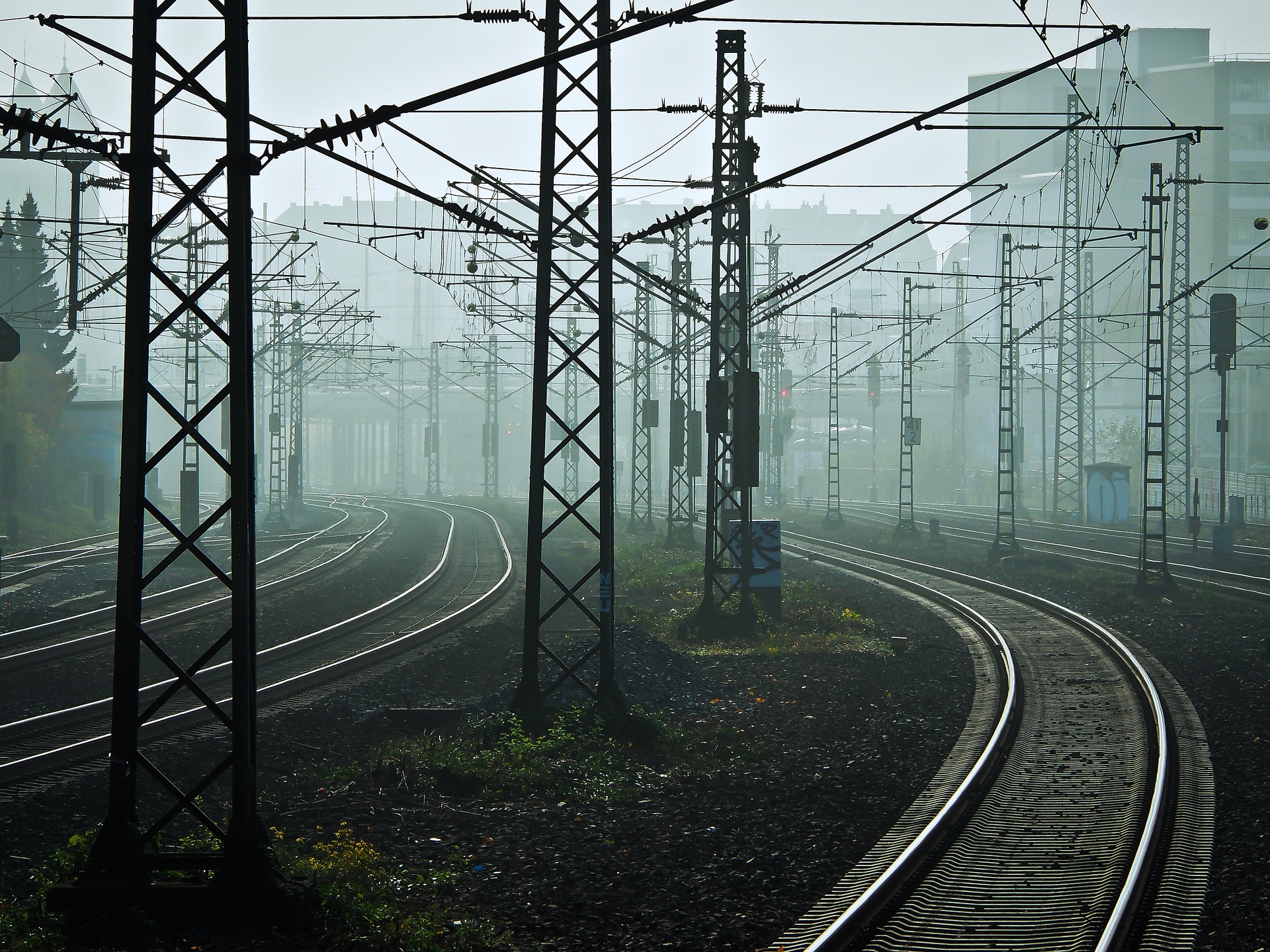
"Neman was launched after all, but some systems are still down. For example, you still can't buy tickets -- that's what ordinary passengers notice. What passengers don't know is that the Belarusian Railways still cannot prepare documents. In other words, commercial traffic stands still. And this means financial losses.
Why does Siarhey no longer feel sorry for the infrastructure of the railroad?
"I want to take revenge on the state. For the fact that they lied so brazenly. Everyone knew that a large number of trains were carrying military equipment. But they lied and said that this equipment would not move to the south. And they provided the territory of Belarus for the attack. My motivation is to help Ukraine".
"We're keeping an eye on the echelons"
When partisans go on a mission, they don't pick random sections on the tracks. They have information about the movement of the echelons.
"We keep track of the echelons, so let the guerrillas not forget that there is station personnel who promptly relay information to us. And we have a fresh schedule of train movements. We know in advance where something is going".
Partisans can stop an echelon even within 15 minutes. Sometimes it takes longer -- it depends on where they catch it.
"If tomorrow you receive information that an echelon with Russian military equipment has left Smolensk, will the partisans be able to intercept it and prevent it from reaching Ukraine?"
"Yes, they can".
Death penalty
The Investigative Committee does not deny that relay cabinets are burnt and the rails are short-circuited on the Belarusian railroads. They believe that the purpose of sabotage is catastrophe and loss of life.
Today, it emerged that the Prosecutor General of Belarus decided to institute criminal proceedings under Part 3 Article 289 -- an act of terrorism committed by an organized group.
According to the prosecutor general, people listened to calls posted in "extremist Telegram channels and chats" for "terrorist activities on the railroads".
The article under which the criminal case was opened suggests a penalty of imprisonment for ten to twenty-five years, life imprisonment or the death penalty.
